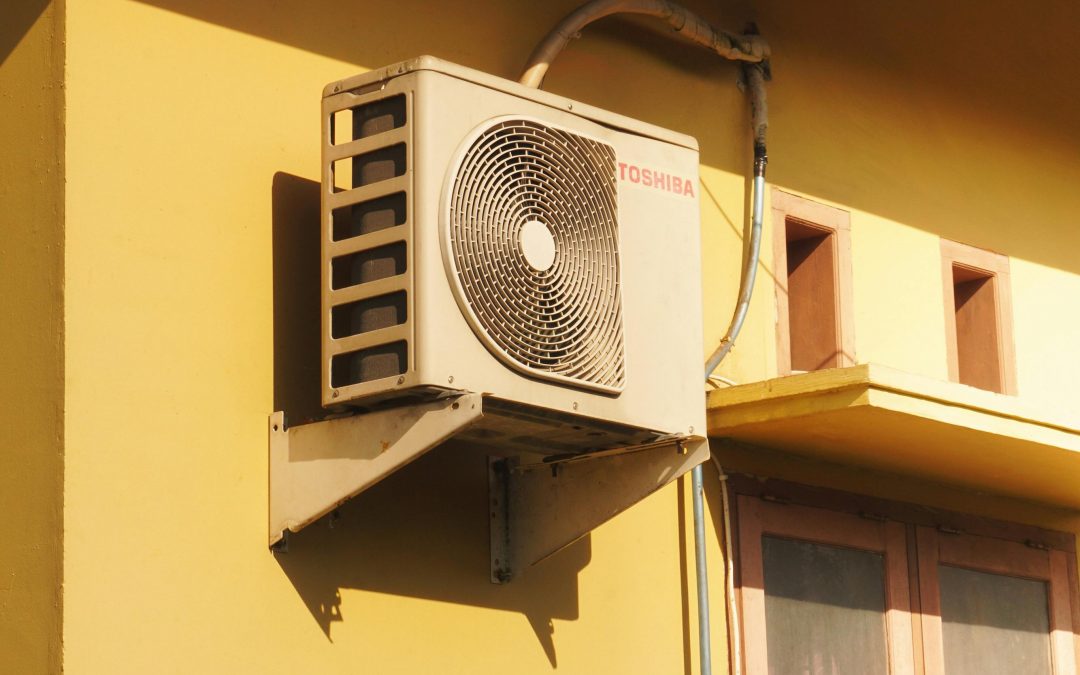DIY HVAC Maintenance Las Cruces. Las Cruces, New Mexico is known for its unique desert climate, which brings warm summers and cool winters. For homeowners, maintaining a comfortable indoor environment year-round often relies on the efficiency of their HVAC system. Regular professional maintenance is essential, but there’s a lot you can do between professional visits yourself to keep your HVAC system running smoothly.
Why DIY HVAC Maintenance Matters
HVAC systems are a significant investment, and proper care ensures they operate efficiently, last longer, and consume less energy. While professional inspections are critical for diagnosing and fixing complex issues, DIY maintenance can address routine upkeep and prevent minor problems from escalating into costly repairs.
In a climate like Las Cruces, where dust, pollen, and temperature fluctuations are common, DIY maintenance can be particularly beneficial. Taking small steps to clean and inspect your system helps improve indoor air quality, reduce energy bills, and maintain consistent heating and cooling performance.
DIY HVAC Maintenance Between Visits
Professional HVAC technicians have the training, tools, and expertise to conduct in-depth inspections, identify hidden issues, and perform complex repairs. However, they typically recommend service visits only once or twice a year, depending on your system’s age and condition. Between these visits, DIY maintenance ensures your system stays in top shape and minimizes wear and tear.
DIY tasks are not a replacement for professional expertise but a way to maintain the system’s cleanliness and functionality. Think of it as routine care that supports the professional’s more in-depth work.
DIY HVAC Maintenance Checklist
Here’s a comprehensive checklist of tasks you can perform to keep your HVAC system running efficiently:
1. Check and Replace Air Filters
Air filters trap dust, pollen, and other airborne particles, preventing them from entering your system. Over time, these filters become clogged, reducing airflow and forcing your system to work harder. In Las Cruces, where dust is prevalent, you may need to replace or clean filters every 1-3 months, depending on the type of filter and your household’s needs.
2. Inspect and Clean Air Vents
Dust and debris can accumulate in air vents and registers, restricting airflow. Use a vacuum with a hose attachment or a microfiber cloth to clean these areas. Ensure that vents are not obstructed by furniture or other items to promote even airflow throughout your home.
3. Clear Debris Around the Outdoor Unit
The outdoor unit of your HVAC system, typically a condenser, can collect leaves, dirt, and other debris. These obstructions can affect the unit’s efficiency and increase wear. Regularly inspect and clear the area around the unit, ensuring at least two feet of clearance on all sides. Use a garden hose to gently wash off accumulated dirt on the fins.
4. Check the Thermostat
Ensure your thermostat is functioning properly. Replace batteries as needed, and consider upgrading to a programmable or smart thermostat for better energy efficiency. Verify that the thermostat is set to the correct mode (heating or cooling) and temperature.
5. Inspect and Clean the Drain Line
The condensate drain line removes moisture from your system. Over time, algae and debris can clog the line, causing water to back up into your system or home. Use a wet/dry vacuum to clear the line or flush it with a solution of water and vinegar to prevent blockages.
6. Inspect Ductwork
Duct leaks can cause your HVAC system to lose efficiency, as conditioned air escapes into unconditioned spaces. Inspect visible ductwork for signs of damage, such as tears or disconnected sections, and seal small gaps with HVAC tape.
7. Monitor System Performance
Pay attention to how your HVAC system operates. Unusual noises, inconsistent temperatures, or increased energy bills can indicate underlying issues. Address these concerns promptly by scheduling a professional inspection.
8. Clean the Evaporator and Condenser Coils
Dirty coils can reduce your system’s efficiency by hindering heat exchange. Carefully clean the coils with a coil cleaner or a soft brush. Be sure to turn off the power to your system before performing this task.
9. Inspect Insulation
Ensure that insulation around refrigerant lines is intact and replace any damaged sections. Proper insulation helps maintain the efficiency of your cooling system.
10. Replace or Reset Circuit Breakers
Check the circuit breaker panel to ensure the HVAC system’s breaker is in good condition. Reset the breaker if it has tripped, but consult a professional if the issue persists.
Tips for Effective DIY HVAC Maintenance
- Set a Schedule: Regularly set aside time for maintenance tasks, such as at the start of each season.
- Use the Right Tools: Invest in tools like a vacuum, coil cleaner, microfiber cloths, and HVAC tape for effective maintenance.
- Prioritize Safety: Always turn off the power to your system before performing maintenance. If you’re unsure about a task, consult your HVAC technician.
- Document Maintenance: Keep a log of the tasks you’ve performed and any issues you’ve noticed. This information can be helpful for professionals during service visits.
When to Call a Professional
Even with diligent DIY maintenance, some issues require professional attention. Call a technician if you notice:
- Persistent unusual noises or odors.
- Uneven heating or cooling.
- Sudden spikes in energy bills.
- Refrigerant leaks or frozen coils.
Professional maintenance visits typically include deeper cleaning, checking refrigerant levels, and testing system efficiency—tasks that go beyond the scope of DIY care.
In Las Cruces, New Mexico, DIY HVAC maintenance is a proactive way to keep your system running smoothly between professional service visits. By following a checklist and addressing routine tasks, you can enhance system efficiency, extend its lifespan, and maintain a comfortable home environment. Regular care also helps you stay ahead of potential problems, ensuring your HVAC system is always ready to handle the demands of the desert climate.

